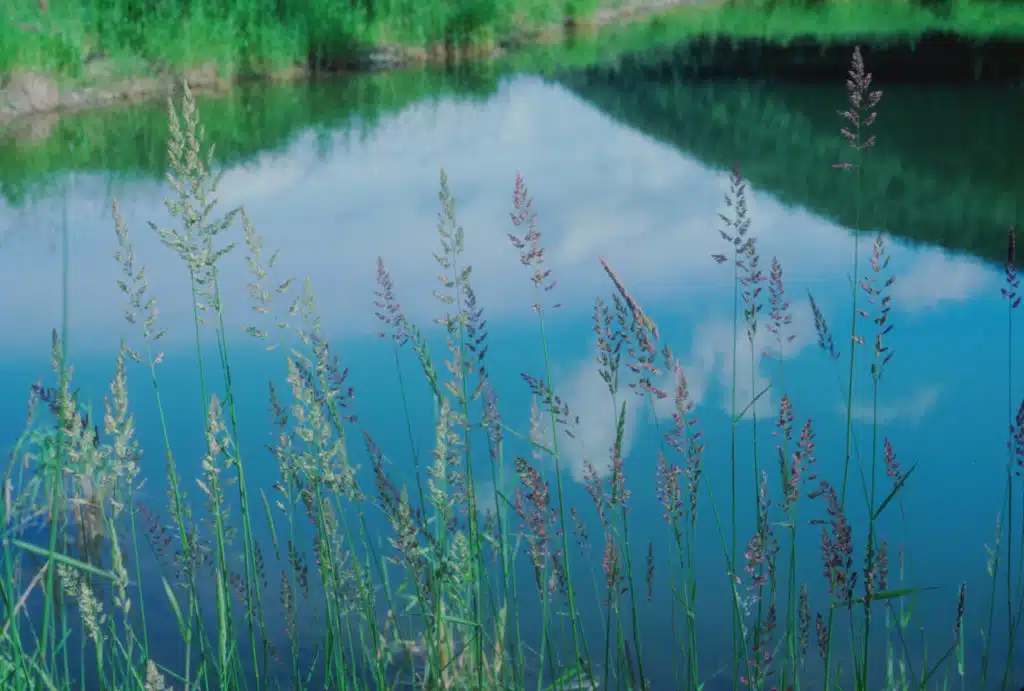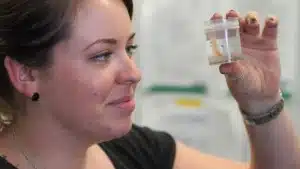We are rapidly losing vital carbon storage that we didn’t know we had, with human activities causing the decimation of seagrass fields in areas around Sydney.
Now research from Alex Thomson, a PhD student at the University of Technology Sydney, is showing that these conditions have left seagrass vulnerable to burrowing animals such as yabbies, worms and crabs.
Seagrass meadows currently store the equivalent of 3 years of Australia’s carbon emissions, but these animals are causing the carbon to be released, turning seagrass into a source of carbon release rather than a carbon store.
“In sustainable numbers, these animals are extremely valuable to the health of seagrass and their ecosystem,” explains Alex. “However, the reduction of their predators (due to human interference like dredging and over fishing) has increased the number of burrowing animals and consequently the ability of seagrass to store carbon.”
That slimy stuff touching your leg in the bays around Sydney is more than just a food source for fish and other sea life, it’s capturing the carbon released into the air, reducing the impact of climate change.
This research provides valuable insight into how these burrowing animals interact with the seagrass and their importance to whole ecosystem health.
“We have seen that in just 2 months, these animals have reduced the amount of carbon stored by over a third – an amount which has taken 500 years to accumulate,” says Alex. “Through this “ground-up” approach we can establish ways to preserve seagrass, maximise their carbon storage efficiency, and increase (and retain) the amount of carbon stored.”
Alex presented her research at Fresh Science New South Wales 2015.
Fresh Science is a national program that helps early-career researchers find and share their stories of discovery. Over 50 early-career researchers nominated for Fresh Science NSW, which was held at the Australian Museum (training) and Three Wise Monkeys Hotel (public challenge event).
Fresh Science New South Wales was supported by the Australian Museum and the University of New South Wales.
Contact: Alex Thomson, University of Technology, Sydney (UTS), alexandra.c.thomson@student.uts.edu.au







 Fresh Science is on hold for 2022. We will be back in 2023.
Fresh Science is on hold for 2022. We will be back in 2023.